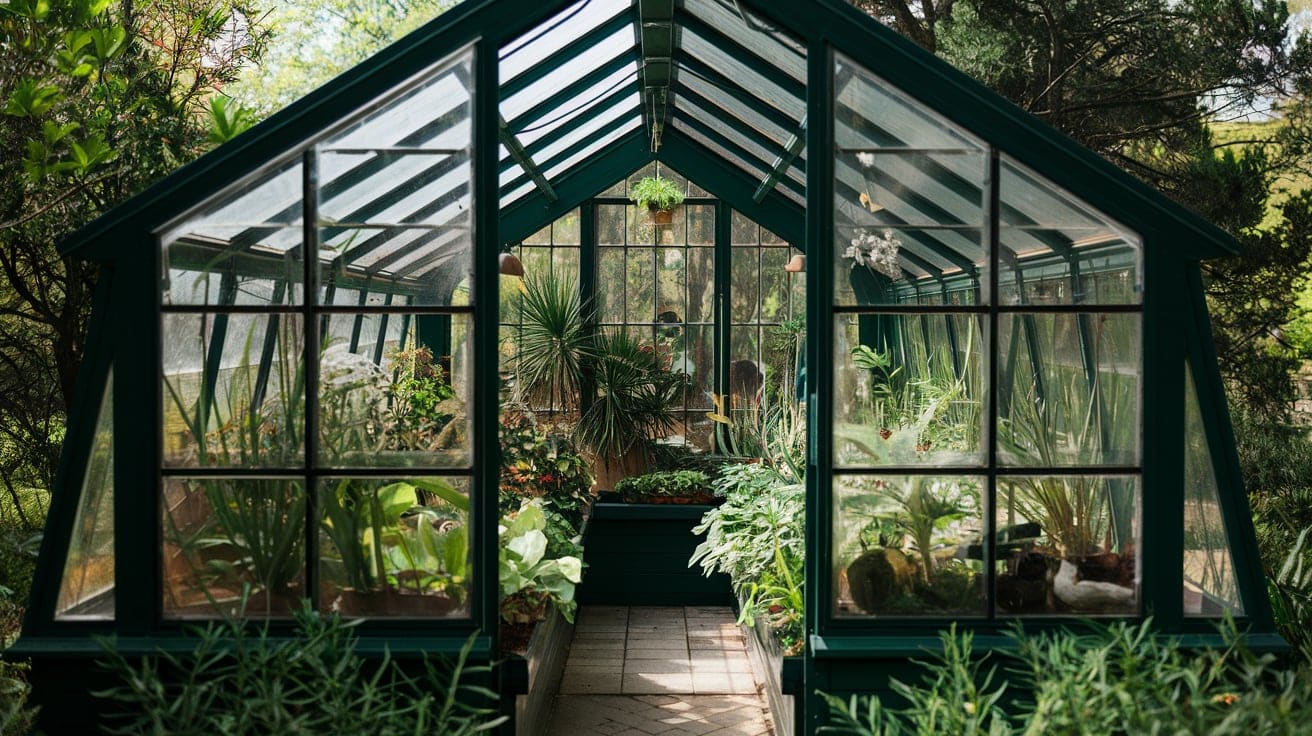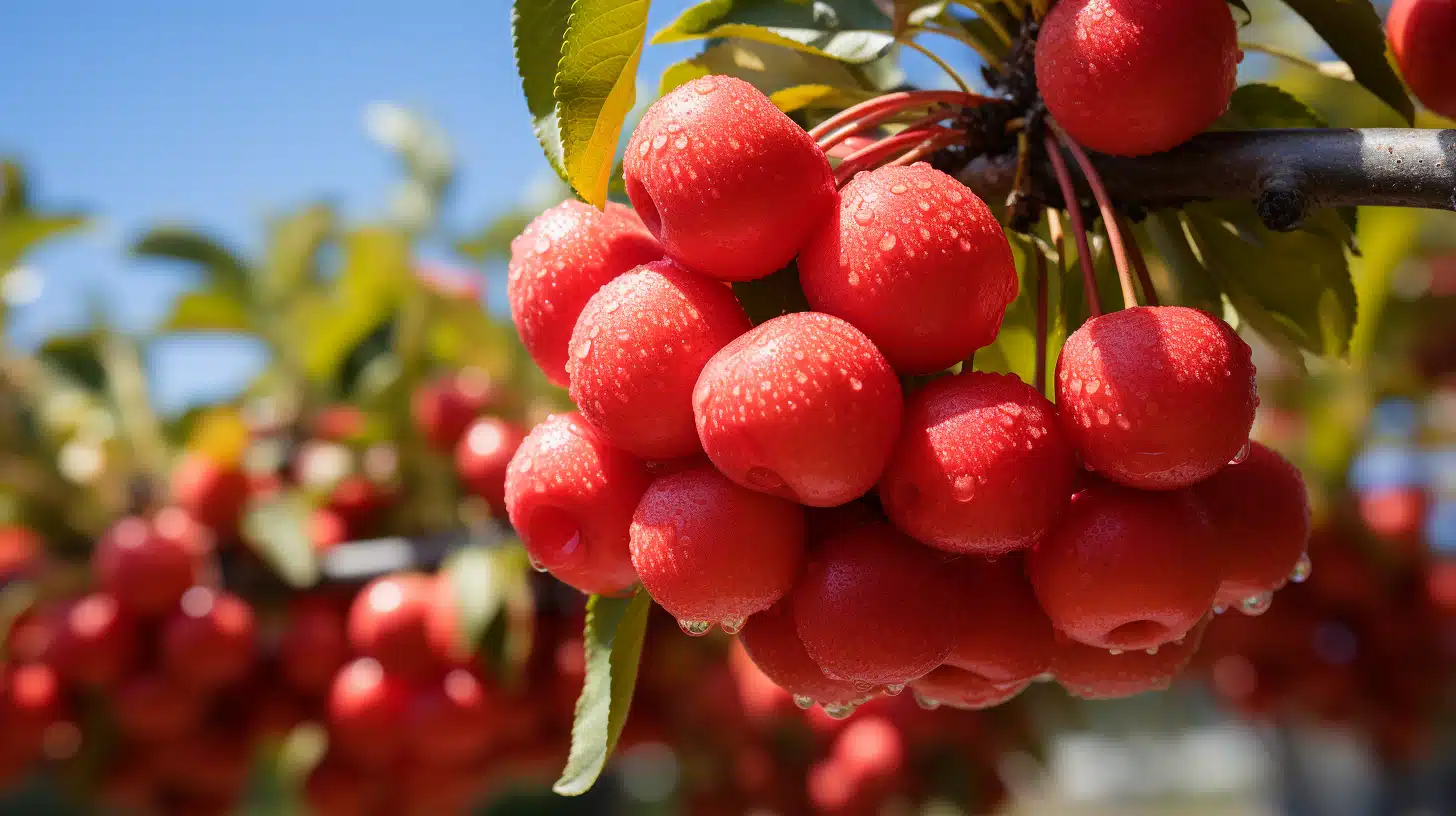Dealing With Shedding Foliage as Winter Comes
As the days grow shorter and temperatures drop, trees and plants begin the natural process of shedding their leaves and foliage. While this yearly phenomenon is part of the natural cycle, it also means more work.
If you’ve been wondering what to do, here are 10 helpful tips for managing those falling leaves.
Don’t Rush Cleanup
Allow some leaves to stay on the ground and enjoy the seasonal colors. This will add texture to your landscaping, and certain plants may benefit from the protective layer of fallen leaves.
However, you should avoid letting leaves pile up so heavily that they stifle the vegetation, especially around delicate plants. Leaves trap moisture and prevent sunlight from reaching the grass underneath.
Rake Regularly to Protect Your Lawn
While a blanket of leaves can be beautiful, a thick layer will harm your grass. Raking keeps your lawn healthy and prevents moisture buildup, which can lead to issues like soggy spots, mold or even slipping hazards.
Choose a durable rake with flexible tines to make the process easier on your hands, or use a leaf blower to clear debris regularly, especially from high-traffic areas.
Use Leaves as Mulch
Instead of bagging all those leaves, try shredding them to use as mulch. Shredding reduces leaf bulk, making it easier to spread them evenly around the plants’ bases to prevent clumping.
A layer of mulch around plants and shrubs helps insulate roots from winter chills. Plus, as the leaves break down and rot, they add nutrients back to the soil, boosting your plant’s growth in the long term.
Compost the Leaves
Another sustainable way to deal with shedding foliage is to compost the leaves. Rake them into a pile, water them slightly and let nature do the rest. Come spring, you’ll have nutrient-rich compost ready to enrich your garden soil.
Leaf composting helps reduce waste and provides a steady supply of natural fertilizer for future gardening projects.
Prune and Trim Strategically
Winter is a great time for strategic pruning, especially for branches that are weak or close to structures. Pruning helps keep your yard looking tidy and prevents damage from snow and ice buildup on branches. However, be mindful of timing, as some trees are better pruned after their leaves drop, while others fare better if pruned in early spring.
Plan ahead based on the environment you’re working in. The types of terrain the trees are located in, the maximum height of the trees and the reach needed to access the branches will all dictate the equipment required to act safely. Smaller trees on even ground might be manageable using proper safety tools, but more difficult terrain or unique situations may call for an aerial lift or even professional assistance.
Install Gutter Guards
Clogged gutters are a common problem during the fall and winter, thanks to the increased leaf fall. If you get substantial snowfall, debris and frost may weigh down your gutters, leading to damage.
To prevent this issue, consider installing high-quality gutter guards. These mesh or micro-mesh covers will block leaves and debris from entering your gutters, reducing the need for frequent cleaning.
Consider Leaf Mold for Improved Soil Health
If you’re looking for another way to recycle fallen leaves, consider making leaf mold. Unlike compost, leaf mold is simply made from decomposed leaves. It requires minimal effort, too — just pile up the leaves, keep them moist and let them naturally break down.
Leaf mold creates a rich, crumbly material that’s perfect for incorporating into potting soil and garden beds. This organic material improves soil structure, promotes water retention and enriches the soil with beneficial microorganisms. It’s an ideal solution if you have many leaves and want a low-maintenance way to put them to good use.
Add Extra Curb Appeal With Leaf-Friendly Landscaping
Fallen leaves can enhance your landscaping and bring seasonal charm to your yard. Consider using leaves as a decorative ground cover in areas where grass isn’t growing or around the bases of trees and shrubs. This will add a rustic, natural look to your yard and create a cozy aesthetic without extra maintenance.
You can also arrange leaves around garden paths or flower beds to add texture and color. This way, your landscape looks intentionally decorated rather than overly tidy, bringing character to your space.
Create Leaf Piles for Seasonal Fun
Finally, falling leaves don’t need to be a chore — they can be part of the season’s fun.
Create a leaf pile for your kids to jump in, or use fallen leaves in winter-themed crafts like wreaths or garlands. If you’re hosting an outdoor party, use different-sized heaps of leaves to build an obstacle course and get everyone to participate for added fun. This creates lasting memories and allows everyone to enjoy the season’s natural beauty.
Embrace the Season
As you prepare for winter, remember that fallen leaves can offer diverse benefits. With a bit of planning and the right tools, you can keep your spaces tidy, functional and ready for the next season.







